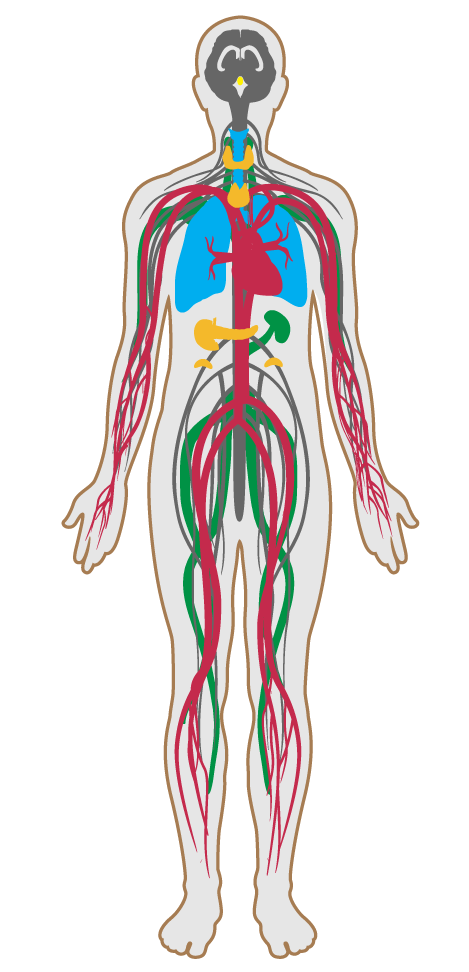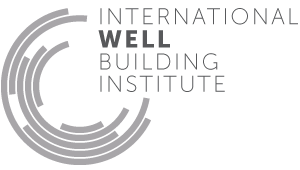Air quality standards
- 01 Air quality standards
- 02 Smoking ban
- 03 Ventilation effectiveness
- 04 VOC reduction
- 05 Air filtration
- 06 Microbe and mold control
- 07 Construction pollution management
- 08 Healthy entrance
- 09 Cleaning protocol
- 10 Pesticide management
- 11 Fundamental material safety
- 12 Moisture management
- 13 Air flush
- 14 Air infiltration management
- 15 Increased ventilation
- 16 Humidity control
- 17 Direct source ventilation
- 18 Air quality monitoring and feedback
- 19 Operable windows
- 20 Outdoor air systems
- 21 Displacement ventilation
- 22 Pest control
- 23 Advanced air purification
- 24 Combustion minimization
- 25 Toxic material reduction
- 26 Enhanced material safety
- 27 Antimicrobial activity for surfaces
- 28 Cleanable environment
- 29 Cleaning equipment
- P9 Advanced cleaning
01. Air quality standards
Pollutants generated indoors can lead to a variety of symptoms and health conditions. Volatile organic compounds (VOCs), combustion byproducts and airborne particulate matter are known to trigger nausea, headaches, asthma, respiratory irritation and allergies. While ambient outdoor air is often better quality, natural ventilation methods, operable doors and windows, and general building envelope infiltration can diminish indoor air quality if external air quality parameters are poor.
This feature requires an assessor to complete a performance test after occupancy as an independent means of verifying that the building, whether naturally or mechanically ventilated, is meeting critical air quality requirements.
The following conditions are met:
The following conditions are met:
The following conditions are met in projects with regularly occupied spaces at or below grade:
The following air quality concentrations are met in the commercial kitchen space:

Applicability Matrix
| Core & Shell | New & Existing Buildings | New & Existing Interiors | |
|---|---|---|---|
| Part 1: Standards for Volatile Substances | P | P | P |
| Part 2: Standards for Particulate Matter and Inorganic Gases | P | P | P |
| Part 3: Radon | P | P | P |
| Part 4: Operational Kitchen Air Quality | - | - | - |
| Commercial Kitchen | Education | Multifamily Residential | Restaurant | Retail | |
|---|---|---|---|---|---|
| Part 1: Standards for Volatile Substances | - | P | P | P | P |
| Part 2: Standards for Particulate Matter and Inorganic Gases | - | P | P | P | P |
| Part 3: Radon | P | P | P | P | P |
| Part 4: Operational Kitchen Air Quality | P | - | - | - | - |
Verification Methods Matrix
| Letters of Assurance | Annotated Documents | On-Site Checks | |
|---|---|---|---|
| Part 1: Standards for Volatile Substances | Performance Test | ||
| Part 2: Standards for Particulate Matter and Inorganic Gases | Performance Test | ||
| Part 3: Radon | Performance Test | ||
| Part 4: Operational Kitchen Air Quality | Performance Test |
| 01.1.a |
USGBC's LEED v4: Reference Guide for Building Design and Construction EQ Credit: Indoor Air Quality Assessment requires demonstration of formaldehyde levels less than 27 ppb. |
| 01.1.b |
USGBC's LEED v4: Reference Guide for Building Design and Construction EQ Credit: Indoor Air Quality Assessment requires demonstration of total VOC levels less than 500 μg/m³. |
| 01.2.a |
The EPA's 2012 NAAQS require ambient air in cities to keep 8-hr average levels of carbon monoxide below 9 ppm and 1-hr averages below 35 ppm, not to be exceeded more than once per year. |
| 01.2.b |
The EPA's 2012 NAAQS requre PM₂.₅ to be less than 12 μg/m³ for a primary annual mean, secondary annual mean of 15 μg/m³ and a 24-hour concentration of 35 μg/m³, averaged over three years . |
| 01.4.a |
The EPA's NAAQS set a 1-hour concentration level for carbon monoxide at 35 ppm, which is not to be exceeded more than once a year. |
| 01.4.b |
The EPA's NAAQS sets standards for PM₂.₅ at 12 μg/m³ for a primary annual mean, a secondary annual mean set at 15 μg/m³ and a 24-hour concentration set at 35 μg/m³, all averaged over three years. |
| 01.4.c |
The EPA's NAAQS for nitrogen dioxide set 100 ppb as the limit for the 98th percentile (averaged over three years) of hourly means. |
| 01.2.c |
The WHO's Air Quality Guidelines for Particulate Matter, Ozone, Nitrogen Dioxide, and Sulfur set 50 μg/m³ as a 24-hour mean concentration limit for PM₁₀. |
| 01.2.d |
The WHO's Air Quality Guidelines for Particulate Matter, Ozone, Nitrogen Dioxide, and Sulfur Dioxide recommend ozone limits at 100 μg/m³ 8-hour mean. |
| 01.3.a |
The EPA's A Citizen's Guide to Radon recommends radon levels to be less than 4 pCi/L. |
| 01.4.d |
The WHO's indoor air quality guidelines set a short-term (30 minute) formaldehyde guideline of 0.1 mg/m³ [81 ppb] to prevent sensory irritation and also long-term health effects including cancer. |
